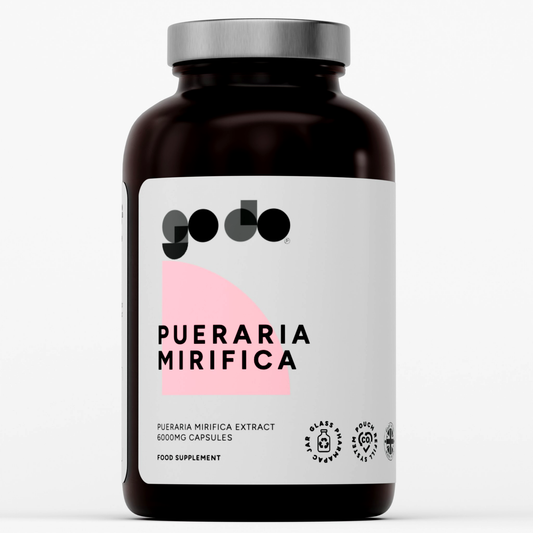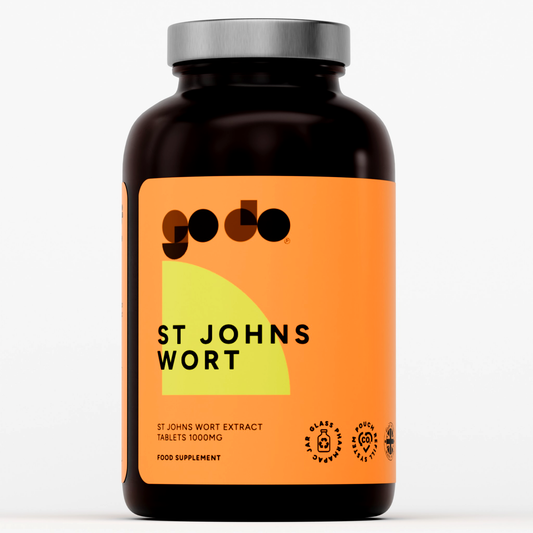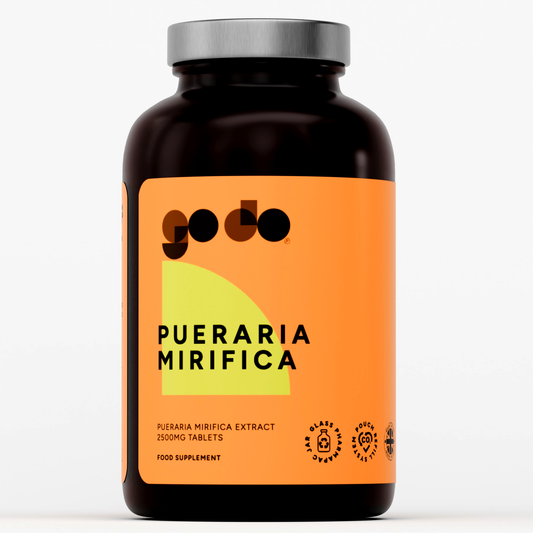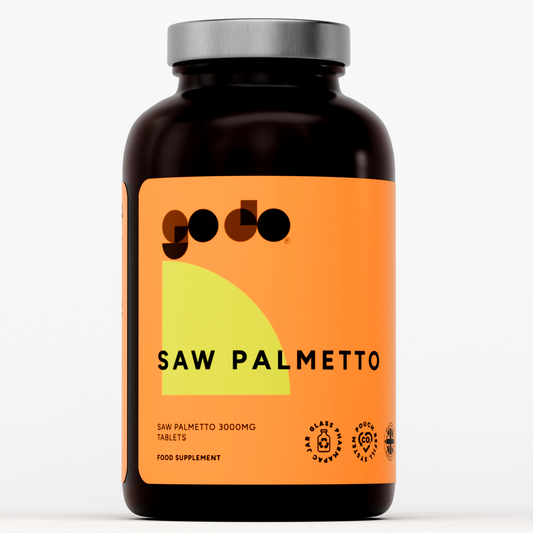For decades, public health messaging has focused almost exclusively on sun protection, but emerging research reveals a more nuanced truth: moderate, strategic sun exposure provides irreplaceable health benefits that go far beyond what supplements can offer. Understanding how to harness these benefits safely is key to optimal health.
Beyond Vitamin D: The Full Spectrum of Sun Benefits
While vitamin D production gets most of the attention, sunlight triggers numerous biological processes that supplements simply cannot replicate. When UVB rays hit your skin, they initiate a complex cascade of reactions that produce not just vitamin D3, but also sulfated vitamin D metabolites that have unique properties and cannot be obtained through oral supplementation.
Sunlight exposure also triggers the release of nitric oxide from the skin, which helps lower blood pressure and improve cardiovascular function. This effect occurs independently of vitamin D production and provides immediate benefits that last for hours after sun exposure ends.
The circadian rhythm regulation that occurs through light exposure to the eyes and skin influences sleep quality, hormone production, and mental health in ways that vitamin D supplements cannot address. Morning sunlight exposure helps set your internal clock, improving sleep patterns and energy levels throughout the day.

The Vitamin D Difference: Sun vs. Supplements
Natural vitamin D production through sunlight creates a form that's more bioactive and longer-lasting than supplemental vitamin D. When your skin produces vitamin D3 from sunlight, it creates sulfated forms that can be stored in tissues and released slowly over time. This provides a more sustained and stable vitamin D status compared to the peaks and valleys often seen with supplement intake.
Sunlight-derived vitamin D also comes with co-factors and related compounds that enhance its effectiveness. The process produces vitamin D3 alongside other photoproducts that may have their own health benefits, creating a synergistic effect that isolated supplements cannot replicate.
Research shows that people who get their vitamin D primarily from sun exposure often have better vitamin D status markers than those relying solely on supplements, even when blood levels appear similar. This suggests that the biological activity of sun-derived vitamin D is superior to supplemental forms.
Cardiovascular and Metabolic Benefits
Regular, moderate sun exposure provides cardiovascular benefits that extend beyond vitamin D's effects. The nitric oxide release triggered by UVB exposure acts as a natural vasodilator, helping to reduce blood pressure and improve circulation. Studies have shown that people living in sunnier climates generally have lower rates of cardiovascular disease, independent of vitamin D levels.
Sunlight exposure also influences insulin sensitivity and glucose metabolism. Moderate sun exposure has been associated with improved blood sugar control and reduced risk of type 2 diabetes. The mechanisms behind these effects involve both vitamin D-dependent and independent pathways, highlighting the complexity of sunlight's health impacts.
Mental Health and Mood Regulation
The mental health benefits of sunlight exposure are profound and multifaceted. Beyond seasonal affective disorder, regular sun exposure influences serotonin production, stress hormone levels, and overall mood regulation. The combination of vitamin D production, circadian rhythm regulation, and direct neurological effects creates powerful mental health benefits.
Light therapy research has shown that bright light exposure can be as effective as antidepressant medications for certain types of depression. While artificial light therapy can help, natural sunlight provides additional benefits through the full spectrum of wavelengths and the accompanying vitamin D production.
Immune System Optimization
Natural vitamin D production through sunlight creates optimal immune system function in ways that supplements may not fully replicate. Sun-derived vitamin D helps regulate both innate and adaptive immunity, supporting the body's ability to fight infections while preventing autoimmune reactions.
The timing and pattern of vitamin D production from sunlight may be particularly important for immune function. The daily rhythm of sun exposure and vitamin D production helps synchronize immune system activity with circadian cycles, optimizing the body's defense mechanisms.
Safe Sun Exposure Strategies
The key to harnessing sunlight's benefits lies in strategic, moderate exposure that maximizes vitamin D production while minimizing skin damage risk. The goal is to expose large areas of skin to sunlight for periods that allow vitamin D production without causing sunburn.
Fair-skinned individuals typically need 10-15 minutes of midday sun exposure on arms, legs, and torso to produce significant vitamin D. People with darker skin may need 20-30 minutes or more due to higher melanin content, which naturally protects against UV radiation but also reduces vitamin D production efficiency.
The most effective time for vitamin D production is generally between 10 AM and 2 PM when UVB rays are strongest. However, this is also when skin damage risk is highest, making timing and duration crucial considerations.
Optimizing Exposure Timing
Start gradually, especially if you haven't had regular sun exposure. Begin with just 5-10 minutes for fair skin types and slowly increase duration as your skin adapts. This gradual approach allows your skin to build natural protection while avoiding burns that can increase skin cancer risk.
Morning sun exposure, while less effective for vitamin D production due to lower UVB intensity, provides excellent circadian rhythm benefits. Spending time in morning sunlight helps regulate sleep-wake cycles and can improve overall energy and mood.
Late afternoon sun exposure offers a compromise between vitamin D production and reduced burn risk, as UVB intensity decreases while UVA rays (which contribute less to vitamin D but more to skin aging) remain present.
Seasonal and Geographic Considerations
Vitamin D production varies dramatically based on location and season. People living above 37 degrees north latitude (roughly the latitude of San Francisco or Richmond, Virginia) produce little to no vitamin D from sun exposure during winter months, regardless of how much time they spend outdoors.
During these periods, stored vitamin D from summer sun exposure becomes crucial, highlighting the importance of building adequate levels during peak production months. Some researchers suggest that humans evolved to store vitamin D during summer months to sustain levels through winter, much like other animals prepare for seasonal changes.
Understanding your local UV index can help optimize sun exposure timing. UV index forecasts, available through weather services, indicate when UVB levels are sufficient for vitamin D production while helping you avoid overexposure during peak intensity periods.
Protecting While Exposing
Strategic sun exposure involves protecting the most vulnerable areas while exposing others. The face, neck, and hands are most susceptible to skin aging and damage, so these areas might be protected with sunscreen or clothing while arms, legs, and torso receive direct exposure.
After achieving adequate vitamin D production time, apply broad-spectrum sunscreen or cover up to prevent overexposure. This approach allows you to gain the benefits of sun exposure while minimizing cumulative skin damage.
Hydration becomes particularly important during sun exposure, as dehydration can increase burn risk and reduce the skin's ability to handle UV radiation effectively. Drinking plenty of water before, during, and after sun exposure supports your skin's natural protective mechanisms.

Individual Factors and Adaptations
Skin type significantly influences optimal sun exposure duration and frequency. People with very fair skin, red hair, or those who burn easily need shorter exposure times but may need more frequent sessions to maintain adequate vitamin D levels. Those with darker skin can typically handle longer exposures but need them to achieve the same vitamin D production.
Age affects both vitamin D production efficiency and skin vulnerability. Older adults produce vitamin D less efficiently and may need longer exposures, but their skin is also more susceptible to damage, requiring careful balance.
Certain medications can increase photosensitivity, making sun exposure more dangerous. If you take medications like some antibiotics, diuretics, or other photosensitizing drugs, consult with your healthcare provider about safe sun exposure practices.
Building a Sustainable Routine
Consistency matters more than intensity when it comes to sun exposure benefits. Regular, moderate exposure throughout the week is more beneficial and safer than occasional intense sessions. This approach helps maintain steady vitamin D levels while allowing your skin to gradually adapt and build natural protection.
Many people find success with outdoor activities that naturally provide sun exposure, such as gardening, walking, or outdoor exercise. These activities make sun exposure purposeful and enjoyable rather than feeling like another health task to complete.
Monitoring and Adjustments
Pay attention to your skin's response and adjust exposure accordingly. Slight pinkness indicates you've reached your limit, while any redness suggests overexposure. Your tolerance will likely increase gradually with regular, moderate exposure as your skin develops natural protective mechanisms.
Consider tracking your vitamin D levels through periodic blood testing, especially when establishing a sun exposure routine. This can help you determine whether your current approach is providing adequate vitamin D production or if adjustments are needed.

The Bigger Picture
The relationship between sunlight and health is complex and individual. While sun exposure provides unique benefits that supplements cannot fully replicate, the goal is finding the right balance for your circumstances, skin type, and lifestyle. This might involve combining strategic sun exposure with supplementation during low-sun periods or when adequate exposure isn't practical.
Understanding the full spectrum of sunlight's health benefits empowers you to make informed decisions about sun exposure rather than following one-size-fits-all recommendations. The key is respecting the sun's power while harnessing its benefits through thoughtful, strategic exposure that supports optimal health without compromising skin safety.
Regular, moderate sun exposure represents one of the most natural and effective ways to support multiple aspects of health simultaneously. By approaching sun exposure with knowledge and strategy, you can tap into these ancient pathways to wellness while protecting yourself from potential harm.












